On one side, we have the seasoned champion – Traditional Marketing – with proven tactics like print ads, TV spots, and direct mail. Conversely, the agile contender – Growth Hacking – is packed with innovative strategies to achieve exponential growth. So let’s explore the key differences:
- Traditional Marketing focuses on a wide reach, employing techniques that have withstood the test of time.
- Growth Hacking, conversely, is a fast-paced strategy utilizing creative and cost-effective methods to acquire, retain, and grow a user base.
Ready for a deep dive into the world of Growth Hacking Vs. Traditional Marketing? Let’s cut to the chase!
It would help if you had the right tools to navigate these waters and maximize your business potential. Plerdy is a game-changing software suite designed to optimize your website, improve conversion rates, and boost your bottom line. Don’t let the opportunity pass you by – harness the power of Plerdy today! ⚡

What is Growth Hacking?
Growth Hacking – it’s not just a buzzword; it’s a revolution in the marketing world. Shaking off the shackles of traditional marketing, Growth Hacking combines data, technology, and creativity to drive rapid business expansion.
This strategy revolves around a few key pillars:
- Rapid Experimentation – Iterating quickly and learning from failures propels growth.
- User Acquisition – Innovative, cost-effective techniques help rope in new users.
- Retention is about keeping customers engaged and turning them into brand ambassadors.
- Viral Potential – The aim is to create self-perpetuating marketing by encouraging users to share.
Growth Hacking is the secret sauce of many successful startups. It’s about playing smart, not just big – focusing on growth and continuously iterating until you hit the sweet spot. It’s David’s sling in the world where traditional marketing is Goliath, proving that nimble, focused efforts can lead to outsized results.
Whether you’re a budding startup or an established business looking to embrace Growth, Hacking can be your ticket to the fast lane. It’s about thinking outside the box, harnessing data, and turning users into your most effective marketers. It’s not just about making a splash – it’s about creating waves that continue to expand, bringing more and more users into your fold.
Remember, though, that Growth Hacking isn’t a one-size-fits-all solution. It requires a deep understanding of your audience, product, and the market. It’s about constantly tweaking, adjusting, and refining your strategies to stay ahead of the curve.
As you embark on this journey, consider tools like Plerdy. Designed to optimize your website and improve conversion rates, Plerdy can be an indispensable ally in your Growth Hacking strategy. So, why wait? Let’s hit the ground running and unlock the power of Growth Hacking today!
What is Traditional Marketing?

Before the digital revolution took the world by storm, there was Traditional Marketing. It’s a well-established approach with deep roots, leveraging time-tested strategies to connect businesses with their target audience.
Here’s a glimpse into the classic tools in the Traditional Marketing arsenal:
- Print Media – Newspapers, magazines, brochures, you name it.
- Broadcast Media – From radio jingles to TV commercials.
- Direct Mail – Personalized letters, catalogs, or postcards delivered to the doorstep.
- Outdoor Advertising – Billboards, banners, and posters make a great visual impact.
Traditional Marketing is about casting a wide net – brand awareness, customer reach, and creating a solid, recognizable identity. Think of it as the sturdy foundation upon which many businesses have built their success. It’s not about quick hacks or shortcuts; it’s about playing the long game and creating enduring connections with your audience.
So, consider Traditional Marketing even in this digital age. It’s the old-school charm in the modern, fast-paced world of marketing. And when combined with digital strategies and tools like Plerdy, you can strike a balance that drives your business growth to new heights. So, combine the old with the new and conquer the marketing world!
Benefits of Growth Hacking
![]()
Growth Hacking is not merely a strategy but a fresh paradigm redefining the marketing approach. This dynamic method brings many benefits that can turbocharge your business growth.
Let’s delve into the lucrative advantages of Growth Hacking:
- Efficiency – By focusing on the most impactful strategies, you maximize results while minimizing efforts and expenses.
- Agility – Growth Hacking is built on rapid experimentation, allowing you to pivot quickly based on feedback and data.
- Scalability – Growth Hacking aims to find repeatable and scalable strategies to ensure consistent growth.
- Creativity – It encourages innovative thinking to discover unique solutions and capitalize on opportunities.
- User-centric Approach – It prioritizes customer needs and experiences, fostering a loyal customer base that fuels organic growth.
Growth Hacking is the secret weapon of many startups and tech giants. It’s about working smarter, not harder – zooming in on what drives growth and doubling down on it. It’s about catching the wave of opportunity and riding it to the shore of success.
It’s time to seize the day – harness the power of Growth Hacking and watch your business reach new heights!
Benefits of Traditional Marketing
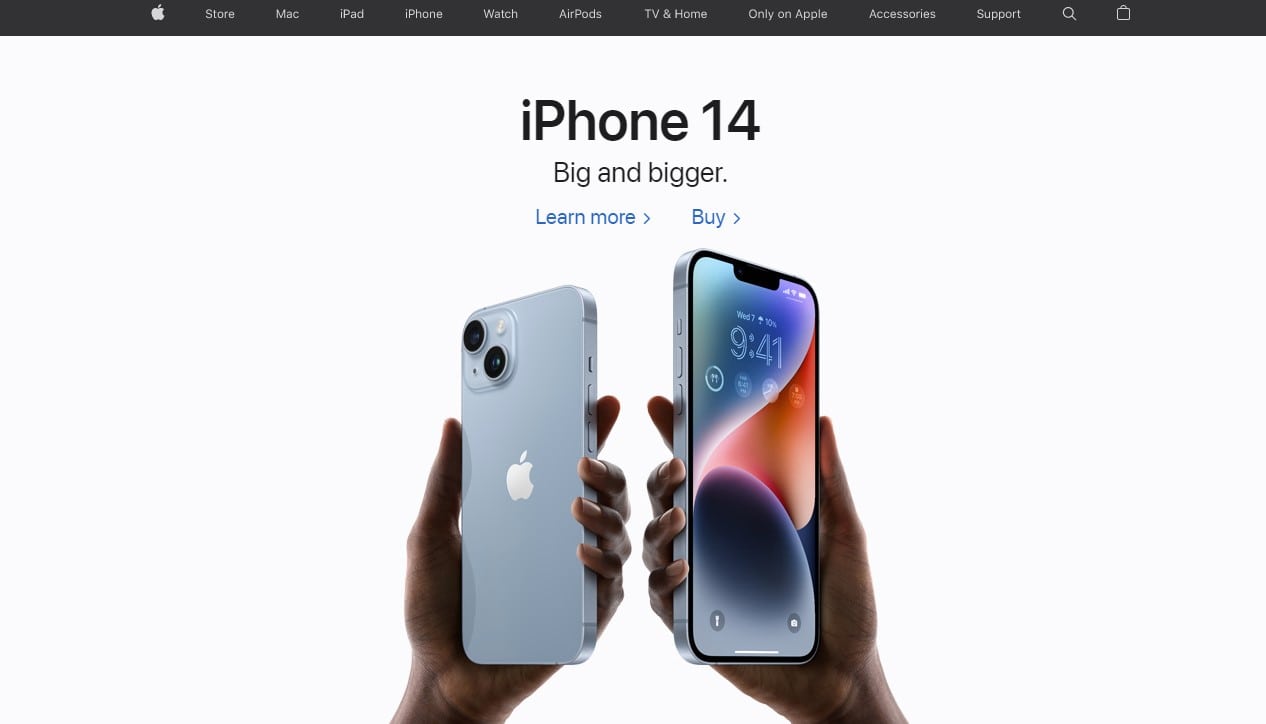
Traditional marketing is still alive, even in a digital environment. However, this tried-and-true method boosts brand awareness and reputation.
Let’s unwrap the compelling advantages of Traditional Marketing:
- Tangible Impact – Physical materials like brochures or billboards create a lasting impression, resonating with the audience on a deeper level.
- Broad Reach – It caters to a wide audience, including those not tech-savvy or digitally connected.
- Trust and Credibility – Traditional channels often carry an air of legitimacy and reliability, enhancing brand trust.
- High Retention – Print or broadcast media information tends to stick around longer in the consumer’s mind.
Traditional Marketing is akin to a trusty old compass – reliable, timeless, and often crucial in guiding your business toward its goals. It’s about harnessing the power of proven strategies to create a cohesive, compelling narrative about your brand. It’s not about chasing the latest trends but building lasting relationships with your audience.
So, why tap into the best of both worlds and steer your business toward unparalleled success? Let’s embrace the time-tested charm of Traditional Marketing today!
How is growth marketing different from traditional marketing?

Growth Marketing and Traditional Marketing – are two powerful players in the business growth arena, each playing by a different set of rules. So let’s unravel how these marketing behemoths diverge:
- Focus – Traditional Marketing aims at broad customer reach and brand awareness, while Growth Marketing hones in on user acquisition, engagement, retention, and expansion.
- Channels – Traditional Marketing utilizes offline methods like print and broadcast media, whereas Growth Marketing leverages digital channels, social media, and viral marketing.
- Flexibility – Growth Marketing thrives on agile, data-driven strategies and rapid experimentation, while Traditional Marketing is often more static and long-term.
- Measurement – Traditional Marketing gauges success through audience reach and brand recognition, while Growth Marketing is about metrics, analytics, and scalable growth.
Growth Marketing is like a speedboat, quick to change direction and exploit new currents. Traditional Marketing, on the other hand, is the majestic ocean liner – grand and impactful but not as swift to maneuver.
You need to play your cards right in this high-stakes business growth game. Tools like Plerdy can be your ace, helping you optimize your website and supercharge your conversion rates. So whether you play the growth hacking game or stick with traditional methods – or better yet, blend both – let’s deal you a winning hand in the marketing poker!
Best 10 Growth Hacking Marketing Strategies
As growth hacking marketing is far from templated techniques for entrepreneurs, some strategies can become the basis of the accomplished avenue to dominance in the market. Using the framework and tailoring it according to your ambitions, goals, needs, and niche peculiarities is possible.
1. Connect with Your Community

Today, people want to be in touch with the service and product providers. You can connect with your potential and standing customers via various channels. But the most optimal is to target your consumers in their habitual online environments (social media networks, forums, messengers). Engage your audience to provide real-time feedback.
A community will become your key tool for brand awareness and paramount for the inbound growth hacking marketing strategy. Show people that their opinion is essential for you. This way, you will get the army of your faithful brand lovers.
2. Create a Pre-Launch Email List

Email marketing helps business representatives catch public reactions and even build powerful hype around the project that will be launched. This way, entrepreneurs can initiate lead generation even during the pre-launched period.
Think of a suitable email list and start communication with the audience 1-2 weeks before the launch. Get media outreach and hot leads with unlimited conversion opportunities. Analyze the engagement level regularly to ensure you manage to preheat the crowds of potential clients.
3. Use the Freemium Model
The available free-of-charge product demo can become the pillar of your unicorn growth hacking marketing strategy. This is about the surfeit over the competitors’ offers and increased conversions at the beginning of your way.
Free trials make the difference because people want to try the novelty first. So you save your promotion budget and let potential buyers click, unpack, and experience the attractive gimmick the audience goes crazy about.
4. Run Viral Contests Online

What is better than the special perks of freemiums? First, of course, a great chance to win the prize. Arrange a reward-based campaign to warm up your audience. The winners can get both small and valuable awards. Try cross-promotions while partnering with other companies to treat people with interesting bonuses. Provide lower-tired prizes related to your project for all the attendants:
- Discounts;
- Vouchers;
- Free tickets to virtual events;
- Invitations to webinars;
- E-books, etc.
After getting the promo, each participant will feel lucky and eager to interact with the trusted and transparent company. Contests are also an excellent tactic for boosting word-of-mouth marketing.
5. Grow Your Social Media Presence

Social networks should become the core rod of growth hacking marketing. But rule by the great mindset and find the alternative passage to your niche audience.
Open new platforms (besides Instagram, Facebook, Pinterest, Linkedin, and YouTube) for posting and chatting with Internet surfers. Make the publications share-friendly to let people repost your social media content and promote the project as the unspoken advertisers on social media.
6. Use Interactive Content
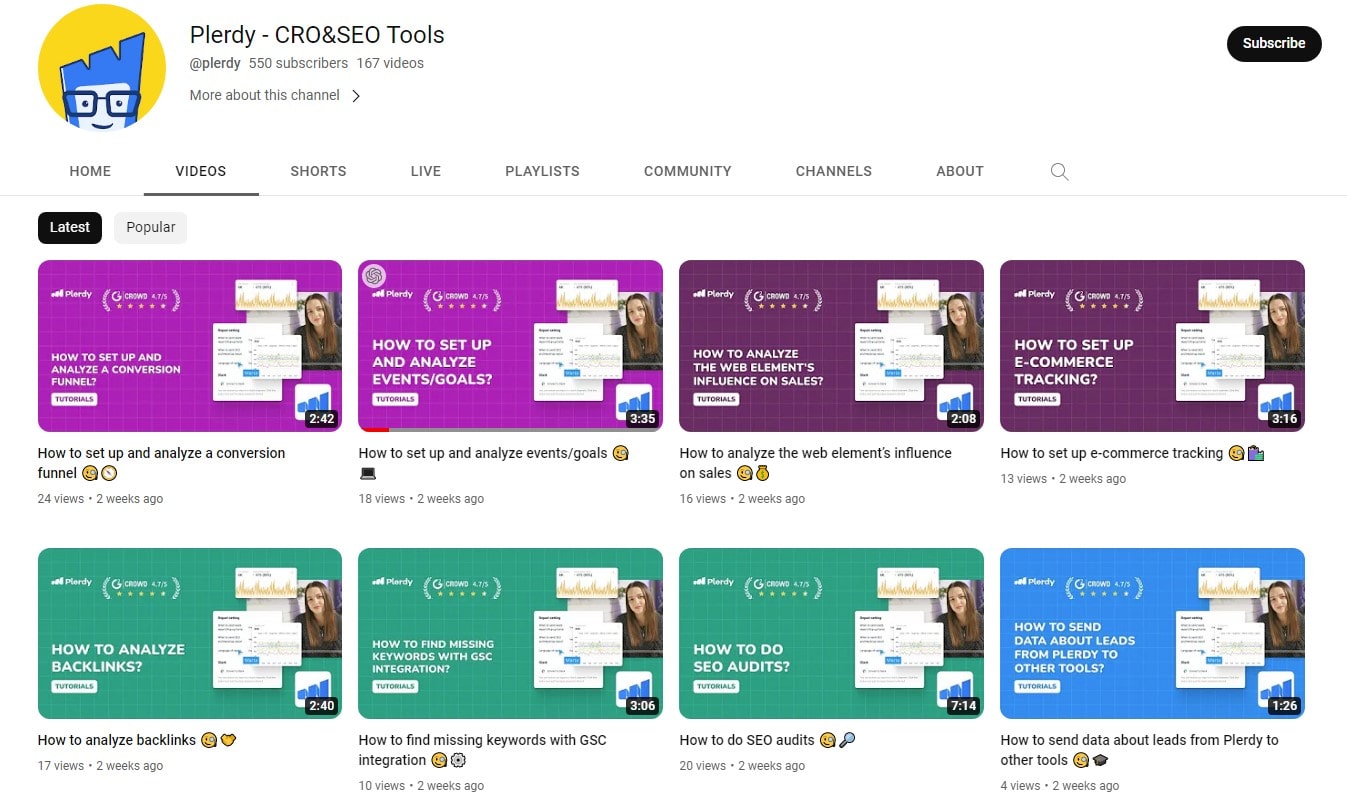
Provide the ideal conditions for communication flows through growth hacking content marketing. Use interactive publications like quizzes, questionnaires, and games in the comments to embrace more willing people to interact here and now. This way, you will hit two birds with one stone. First, you get easy-to-convert leads. Secondly, you raise your brand loyalty and retention rates with interactivity.
7. Launch on Product Hunt or similar Platforms
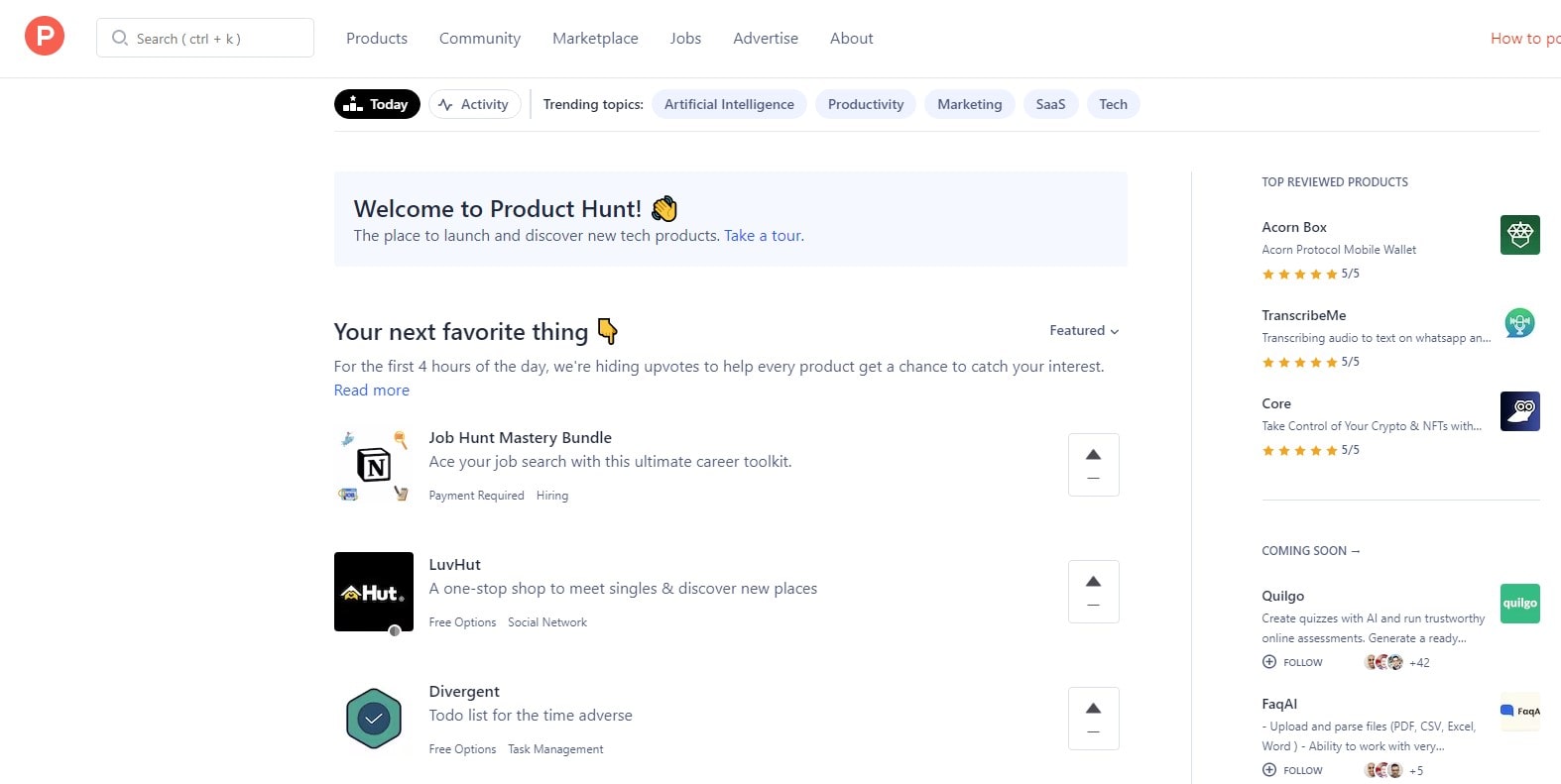
Most B2B business people dream about global performance from the project’s inception. Product Hunt and the same platforms erase boundaries between local and foreign markets. Launch websites for sharing and discovering new products.
Suppose the startup catches the interest of mass media and site visitors. In that case, you can post more pre-launch press releases, participate in customers’ voting, and increase business networks (journalists, partners, investors, bloggers).
8. Make New Brand Partnerships

You cannot opt for the splash on the market without collaborations. So find partnerships that will make a stir around your project. Buzz on the Internet, including public pages, live streams, and newsfeeds, is how to become visible and recognized worldwide.
9. Create an Aggressive Content Marketing Strategy
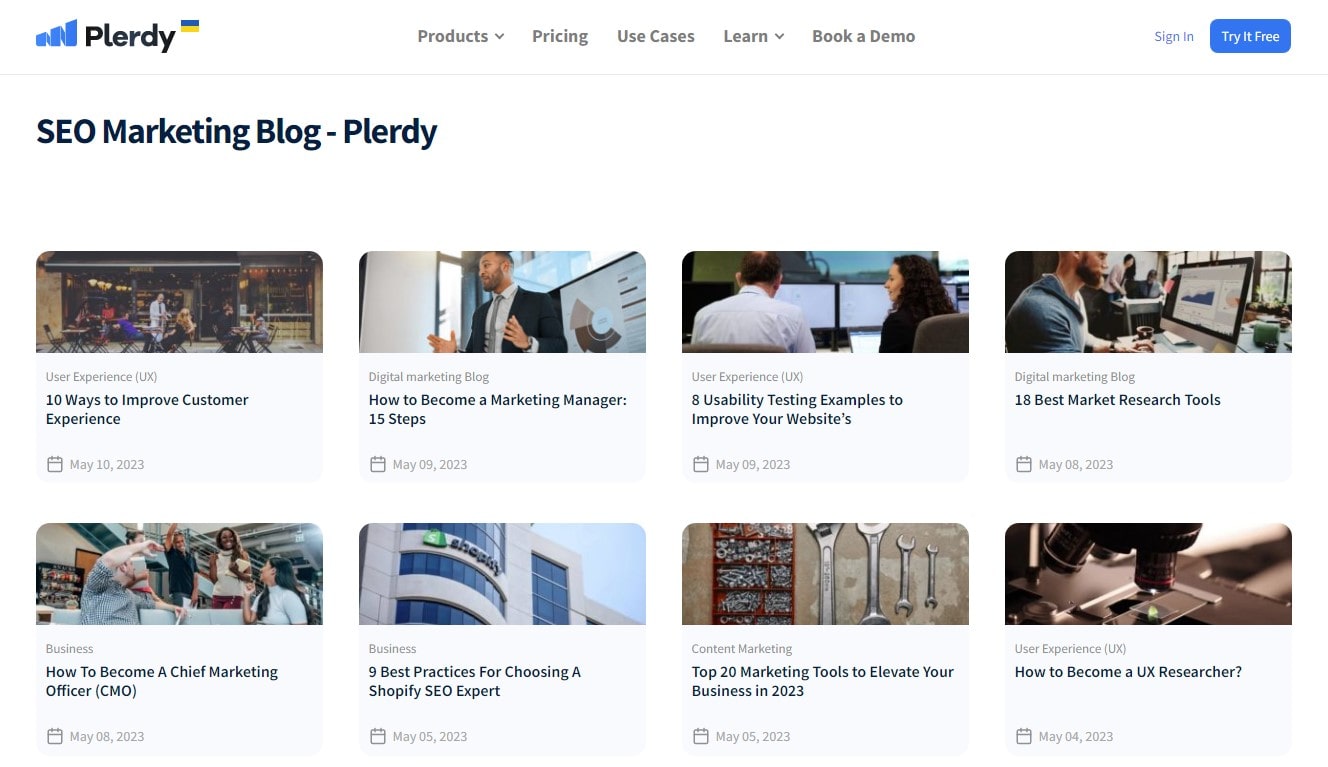
Content can sell better than ADS banners. Just create the best-matching articles and videos to hit the target audience. The aggression relies on the immediate customer feedback you get after interactions with the content. Film how-to videos, write explanation blog articles, create trumpeted posts, run free courses, and sell tutorials with 90% discounts. The first task is to hear back and use insights for growth hacking marketing.
10. Send Branded Gifts to Your Customers
If you pretend to show off, be ready to send branded pens, notebooks, caps, and smartphone cases. Thousands will see the logo presented on the souvenirs of people. As a result, you will grow thankful and loyal customers with 100% positive perceptions of your company. Additionally, you are raising behind-the-scenes promoters who will attract more and more leads.
Growth Hacking Marketing Examples
Take a closer look at the cases of how a range of companies set apart from the competitors and got ahead with modest marketing budgets. Their growth hacking strategies are iconic and inspiring for sure.
1. Dropbox
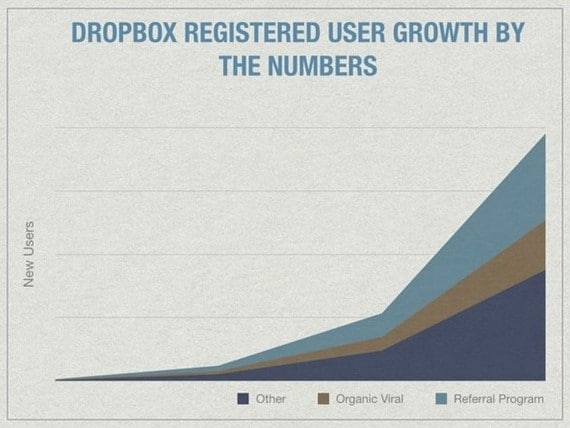
This story is about the king referral program. The company offered 250 MB of extra storage to everyone who would invite a friend. The number of registered people grew by 60% on the same night the promotion was announced.
2. Airbnb

The apartment or house showcase option became overhyped by the people who want to lease their residential property. The professional photographer takes photos of the real estate for rent at no charge to the owners. A reputable platform became the ballyhooed market player and doubled or even tripled the number of consumers.
3. Hotmail
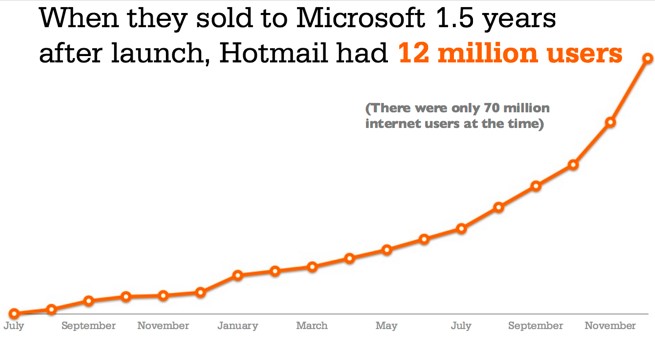
The awesome email trick was to place the branded signature with the invitation to create a free account on the service. This marketing gambit became the senior in Apple’s, Oberlo, Zest strategies.
4. Slack
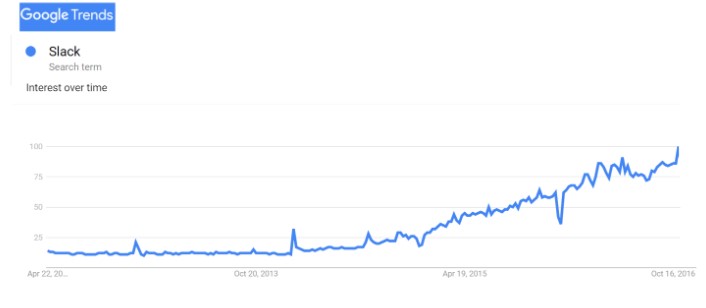
The company placed a premium on customer satisfaction. There is no emphasis on the software functionality but on the stress-free corporate communication flows and time-saving. This pathway brought millions of clients and top recognition to the service provider.
5. Quiz maker
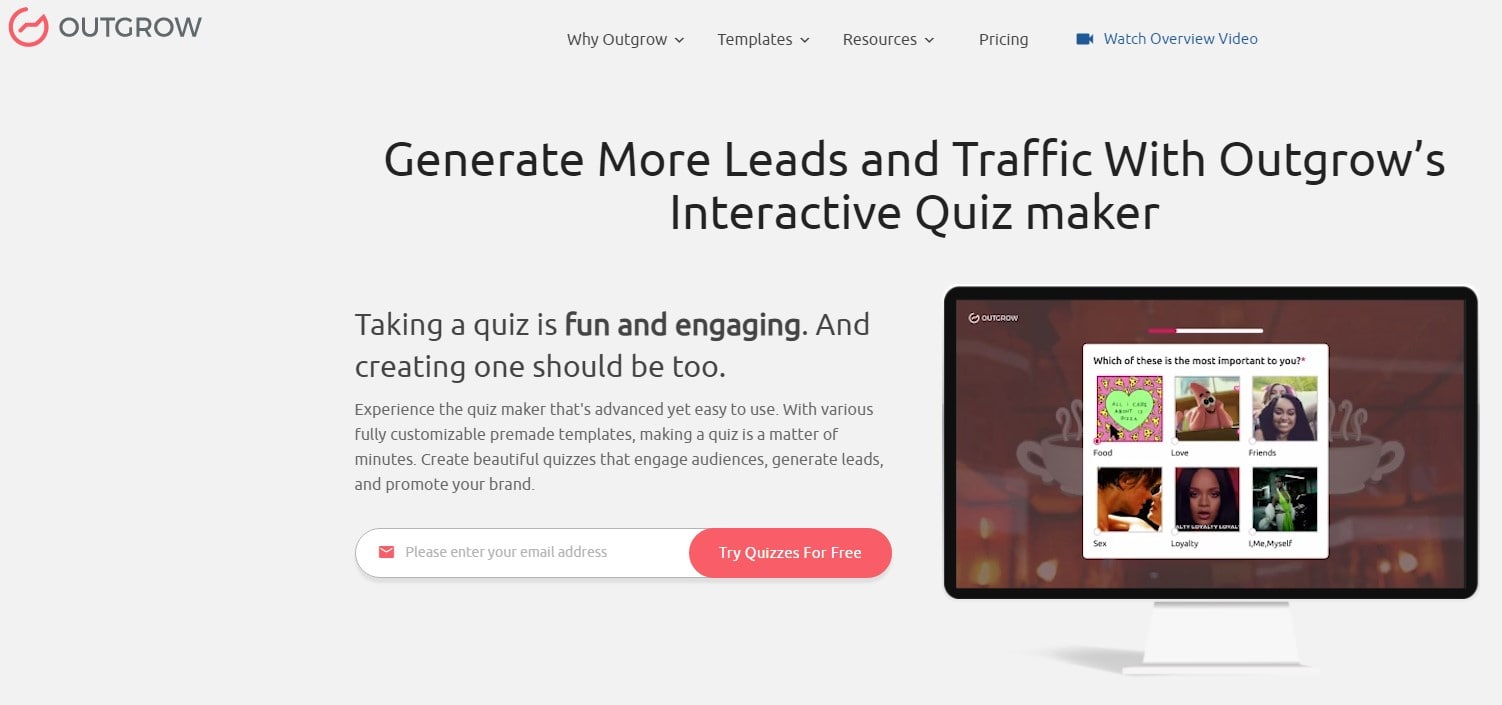
Use interactive publications platform like a quiz maker to create quizzes, questionnaires
Conclusions: The Growth Marketing Vs Traditional Marketing Saga ⚡️
We’ve reached the final stretch of our marketing marathon. We’ve seen the stark contrast between growth hacking and traditional marketing. While hackers perform rapid, iterative tests to improve results, traditional teams run steady, planned campaigns. Yet, both have their role in the marketing arena.
Growth hacking is like an elegant speedboat, making sharp turns and quick adjustments. It’s all about rapid experimentation, A/B testing, and using resources wisely. Traditional marketing, on the other hand, is akin to a majestic ocean liner – steady and impactful. It’s the go-to for larger operations with bigger budgets, aiming for a broader reach.
But remember, it’s not an either-or decision. Both can co-exist. Your sales strategy can be mixed with growth hacking experiments and traditional marketing campaigns. The key lies in understanding your audience, tracking results, and making data-driven decisions.
Ready to supercharge your marketing efforts? Plerdy is your go-to tool. It helps you optimize your website and develop a sustainable growth strategy. Whether you’re a start-up finding your feet or an established business looking to scale, Plerdy is the ace up your sleeve. Start your journey with Plerdy today – you’re just a click away from growth! ⚡️
